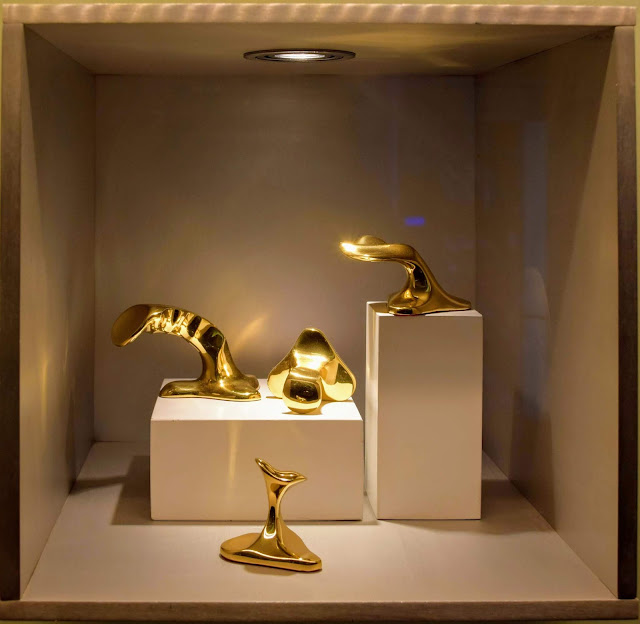Perhaps Barcelona’s most famous architect, Antoni Gaudí is best known for his masterpiece the Sagrada Família as well as nearby Casa Battló and the Park Güell. Gaudí was already a successful architect by the time he was commissioned to design Casa Milà, praised for his championing of the Catalan modernist style.
Photo Gallery
The building's rooftop is adorned with a variety of religious and symbolic sculptures, including statues of the archangels St Michael and St Gabriel, as well as figures of the Virgin Mary and excerpts from the Rosary. These sculptures add a layer of spiritual significance to the building, reflecting Gaudí's deep Catholic faith.
I had the opportunity to visit Casa Milà on December 16, 2019, and I was struck by the beauty and originality of the building's architecture. The sculptures on the facade are particularly impressive, and they add a unique touch to the building's overall design.
 |
| Casa Milà (model) |
 |
| Sagrada Familia (model) |
 |
| Gaudí was inspired by various natural shapes (the mirror image of this hanging chains have become his ideas of rooftops) |
 |
| Casa Battló (another architecture designed by Gaudí) |
















































